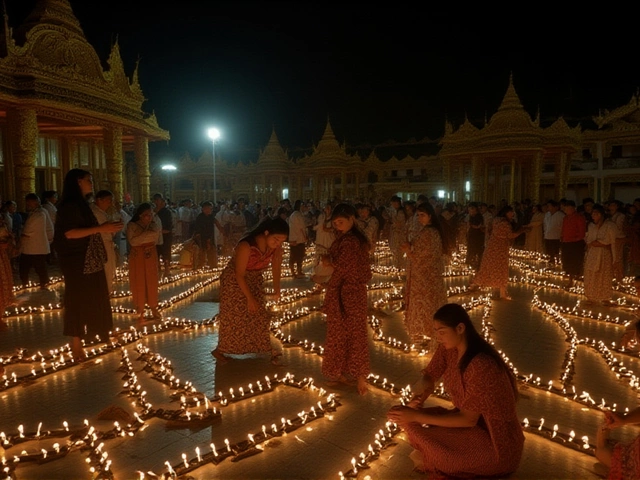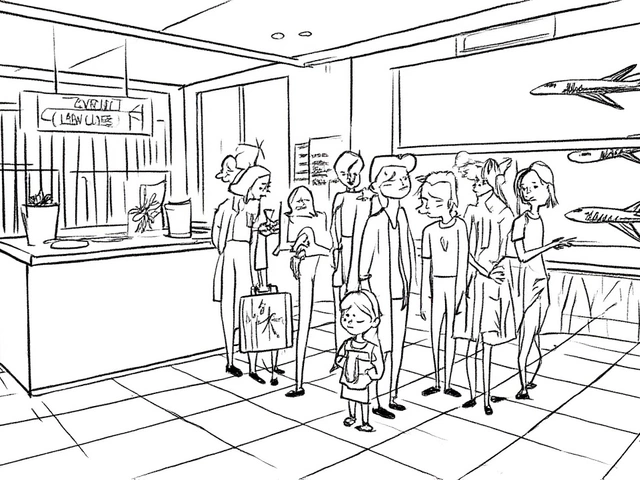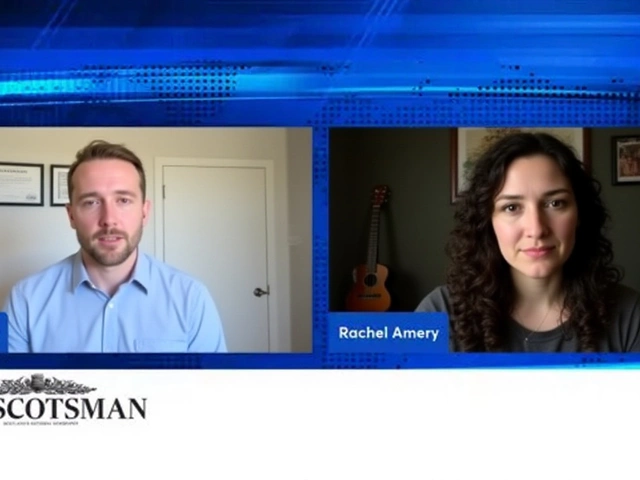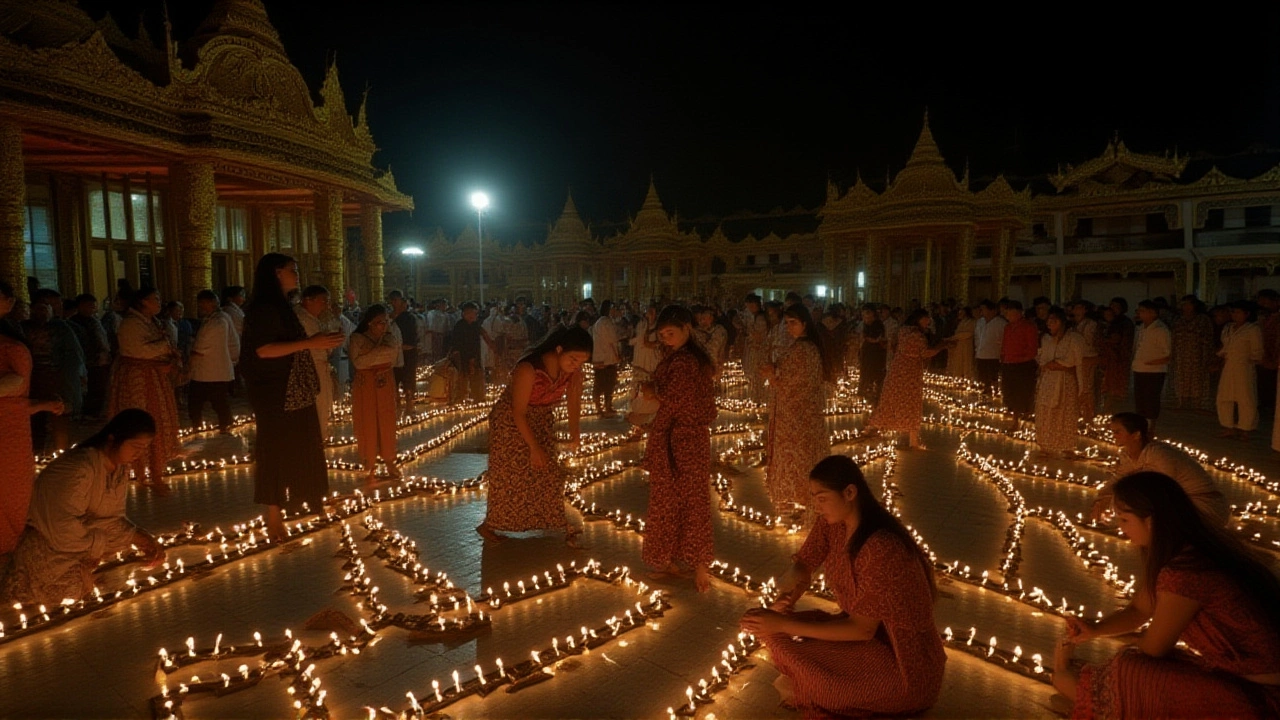At least 40 civilians were killed and dozens more wounded on Monday, October 7, 2024, when Myanmar’s military junta dropped bombs from a motorized paragliders aircraft onto a candlelit vigil during the Thadingyut Festival of Lights in Chaung U Township, Sagaing Region. Around 100 people had gathered to protest the regime’s policies and call for the release of political prisoners when the sky turned deadly.
Background: A Festival Turned Frontline
The Thadingyut Festival, celebrated by Buddhists across Myanmar each October, marks the end of Buddhist Lent with lanterns, prayers and, traditionally, street‑side gatherings. In recent years, however, the festival has become a flashpoint for dissent, especially in areas like Sagaing that have been strongholds of resistance since the February 1, 2021 coup.
Senior General Min Aung Hlaing, commander of the State Administration Council (SAC), has repeatedly framed civilian protests as “terrorist” activity. His strategy has shifted from ground raids to aerial strikes, a move analysts say aims to intimidate a populace that is increasingly taking to the streets.
Details of the Attack
According to witnesses interviewed by Deutsche Welle, a motorized paraglider—essentially a powered glider capable of low‑altitude flight—soared over the gathering and released two small bombs. BBC Southeast Asia correspondent Jonathan Head explained that this "power‑gliding" technique is a tactical shift, allowing the junta to bypass sanctions that have crippled its access to conventional aircraft.
The National Unity Government (NUG) confirmed 24 deaths and 47 injuries, while other outlets, including local BBC Burmese, reported the higher toll of 40 dead. The disparity reflects the chaos on the ground and the junta’s refusal to release official figures.
Among the dead were at least 12 children, the youngest a 3‑year‑old girl named Aye Thazin who perished alongside her parents. Medical staff at Kale General Hospital, located about 15 km from the blast site, treated 37 critically injured patients, nine of whom suffered severe burns.
Reactions from NGOs and the International Community
Amnesty International (Amnesty International) issued a scathing statement, with Deputy Director for Southeast Asia Rosa Kornfeld‑Matte condemning the "relentless and indiscriminate aerial attacks on civilians." She warned that the massacre underscores the urgent need for protective measures.
Human Rights Watch (Human Rights Watch) documented 17 similar paraglider bombings since July 2024, resulting in at least 189 civilian deaths across Sagaing, Magway and Chin States. Their director for Myanmar, Gn Onon, emphasized that the tactic reflects a broader pattern of “weaponizing the sky against non‑combatants.”
The United Nations (United Nations) has recorded more than 5,400 civilian deaths and 2.6 million displaced since the coup. UN Special Rapporteur Tom Andrews is slated to raise the Chaung U attack before the Security Council on October 15, 2024, calling it a “clear violation of international humanitarian law.”
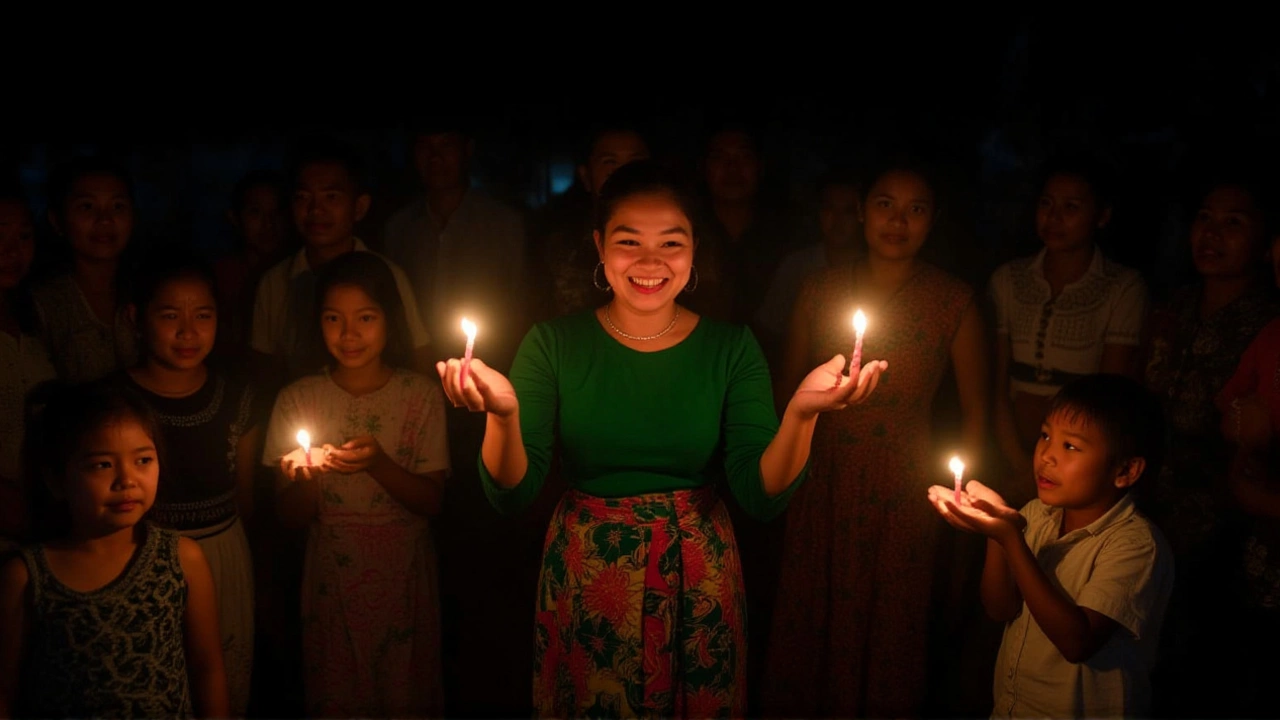
Impact on the Ground and Regional Stability
The attack has deepened fear among residents of Sagaing, a region already inundated with armed groups like the People’s Defence Forces, the Karen National Union and the Arakan Army. Local farmer Ma Thandar told reporters that families are now debating whether to flee or stay put, fearing that the junta will target any congregation, religious or otherwise.
Economically, the violence disrupts the seasonal harvest. Rice paddies near Chaung U have been left unattended as laborers prioritize safety over planting. Market prices in nearby Mandalay surged by 12 % for staple goods, reflecting supply chain strain.
Strategically, the junta appears to be racing to cement its power before the December 2024 national election it plans to hold—a vote many international observers deem a sham. By demonstrating its willingness to unleash aerial terror, the military hopes to deter opposition groups from mounting large‑scale demonstrations.
What Comes Next? Diplomatic and Humanitarian Outlook
In the wake of the massacre, the Association of Southeast Asian Nations (ASEAN) is under pressure to move beyond its traditional “quiet diplomacy” stance. Some member states, notably Malaysia and Indonesia, have called for targeted sanctions against individuals linked to the parabomb program, including Brigadier General Zaw Min Tun, the junta’s spokesperson for military operations.
Humanitarian agencies are scrambling to deliver aid to the injured and displaced families. The International Committee of the Red Cross reported that, as of October 8, they had dispatched two field hospitals to Sagaing, but access remains limited due to ongoing air strikes.
On the ground, resistance groups are reportedly re‑evaluating their tactics, with some commanders suggesting a shift toward underground urban networks to avoid detection from the junta’s new aerial capabilities.
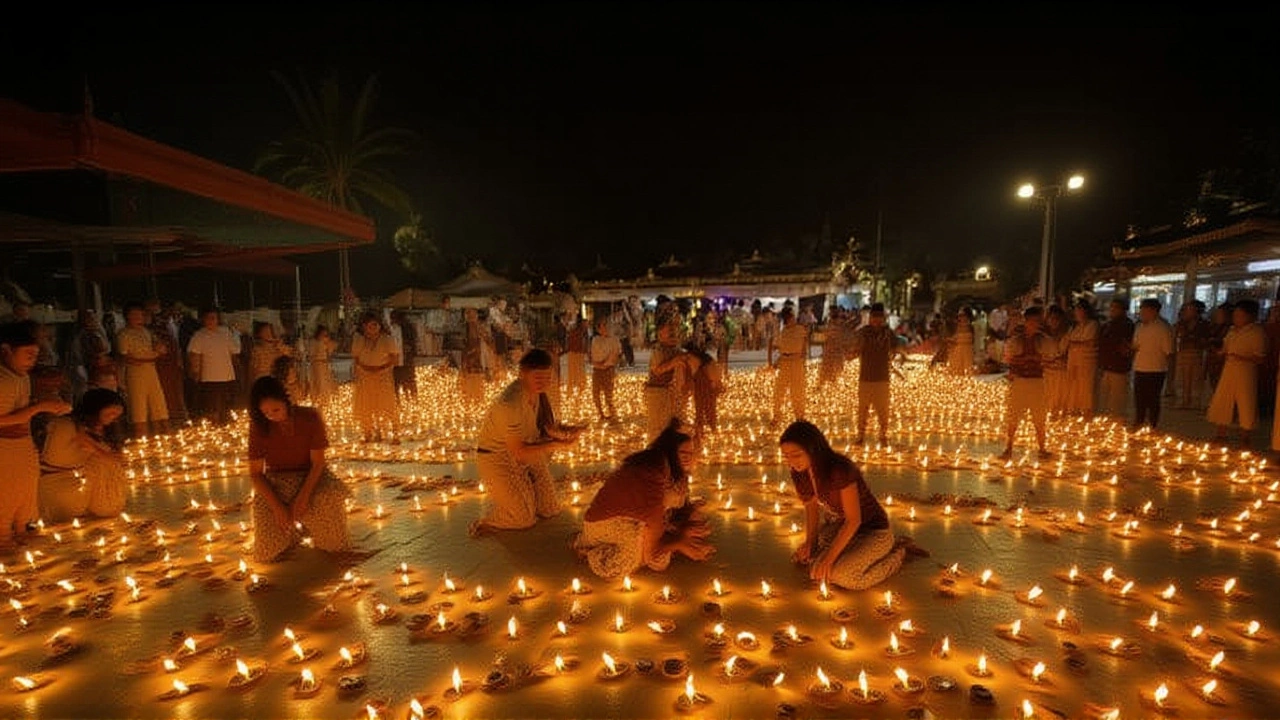
Historical Context: From Coup to Paraglider Warfare
The February 1, 2021 coup ousted the elected National League for Democracy government, plunging Myanmar into a spiral of armed conflict. Early in the insurgency, the military relied heavily on fixed‑wing jets and helicopters that were largely grounded by Western sanctions after 2021.
Faced with limited aircraft, the junta turned to improvised solutions. By mid‑2023, they began experimenting with motorized paragliders—cheap, low‑tech platforms that can be assembled locally. These devices were first noted in the northern Shan State in early 2024, where they were used to strike small rebel outposts.
The adoption of paragliders marks a grim evolution: they can hover low enough to avoid radar while delivering munitions directly onto civilian crowds. As analysts at the International Crisis Group warn, this “low‑tech terror” could become the junta’s default method of punishment if sanctions persist.
Frequently Asked Questions
How does this attack affect civilians in Sagaicng Region?
The bombing has forced many families to abandon their homes, disrupted agricultural cycles and heightened fear of any public gathering. Local clinics report a surge in trauma cases, while aid groups say access to basic medical care is now more precarious than ever.
What prompted the junta to use motorized paragliders?
International sanctions have choked off the military’s supply of conventional aircraft. Paragliders are inexpensive, can be assembled locally and evade most air‑defense systems, making them an attractive option for a regime desperate to project power from the sky.
Who is being held responsible for the civilian casualties?
Human rights observers point to senior officials in the State Administration Council, especially Senior General Min Aung Hlaing and military spokesperson Brigadier General Zaw Min Tun, as the chain‑of‑command behind the aerial strike. No official statement has been issued by the junta.
What international actions are being considered?
The UN is preparing a resolution to refer the junta to the International Criminal Court, while ASEAN members debate targeted sanctions against senior military leaders. Humanitarian agencies are also lobbying for a safe‑corridor to deliver aid to Sagaing.
Will this affect the upcoming December 2024 election?
The junta hopes the show of force will discourage opposition turnout, but international observers warn that the vote’s legitimacy will be further undermined. Pro‑democracy groups are already planning parallel voting initiatives to contest the regime’s narrative.


